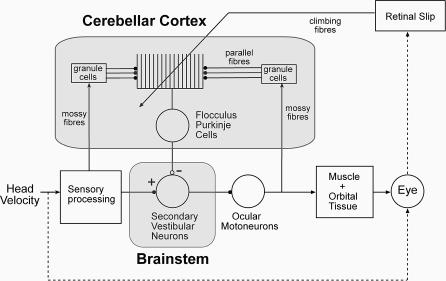Figure 1. Simplified Diagram of the Circuitry That Mediates the Horizontal VOR.
Head-velocity signals are processed by the semicircular canals and primary vestibular neurons, relayed to secondary vestibular neurons in the brainstem, and then passed to ocular motoneurons (the classic 3-neuron arc). Motor command signals from the motoneurons control the oculomotor plant, i.e., eye muscles plus orbital tissue, in order to produce eye movements that counteract the effects of the head velocity on the retinal image. Inaccurate eye movements produce retinal slip, which is detected by the visual system. A side loop to the main 3-neuron arc passes through the floccular region of the cerebellum. This region of cerebellar cortex receives as mossy fiber input vestibular information and a copy of the motor command sent to the eye muscles. These mossy fiber inputs are converted into parallel fiber signals by granule cells and associated circuitry in the granular layer, and the parallel fiber signals influence simple spike firing (∼100 spikes/s) in Purkinje cells. Variation in simple spike firing is transmitted to a subset of secondary vestibular neurons (floccular target neurons) in the brainstem. The flocculus also receives a retinal-slip signal as climbing fiber input, which produces low-frequency (∼1 spike/s) complex spikes. Evidence from studies of VOR adaptation suggest that there are two sites of neural plasticity, one in cerebellar cortex and one in brainstem [8,44].
The simplified diagram omits cerebellar interneurons, and shows the efference copy of the motor commands as originating from the oculomotor neurons themselves. In reality this signal appears to originate from a number of areas, in particular the cell groups of the paramedian tracts [34–36].

